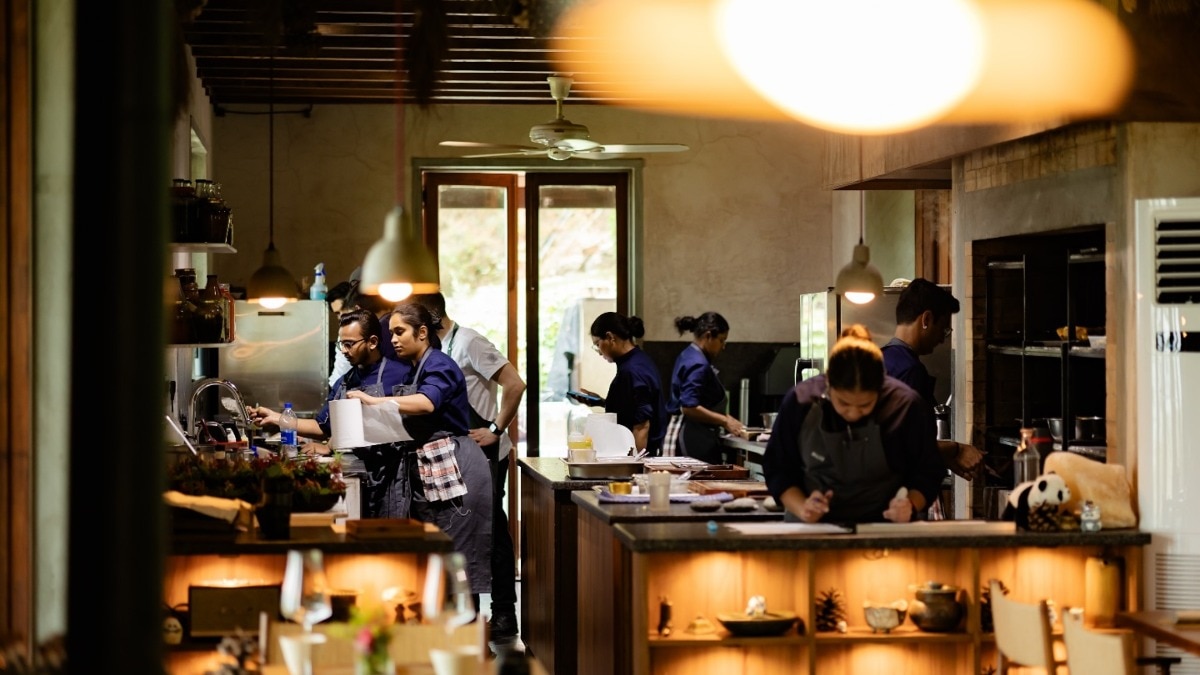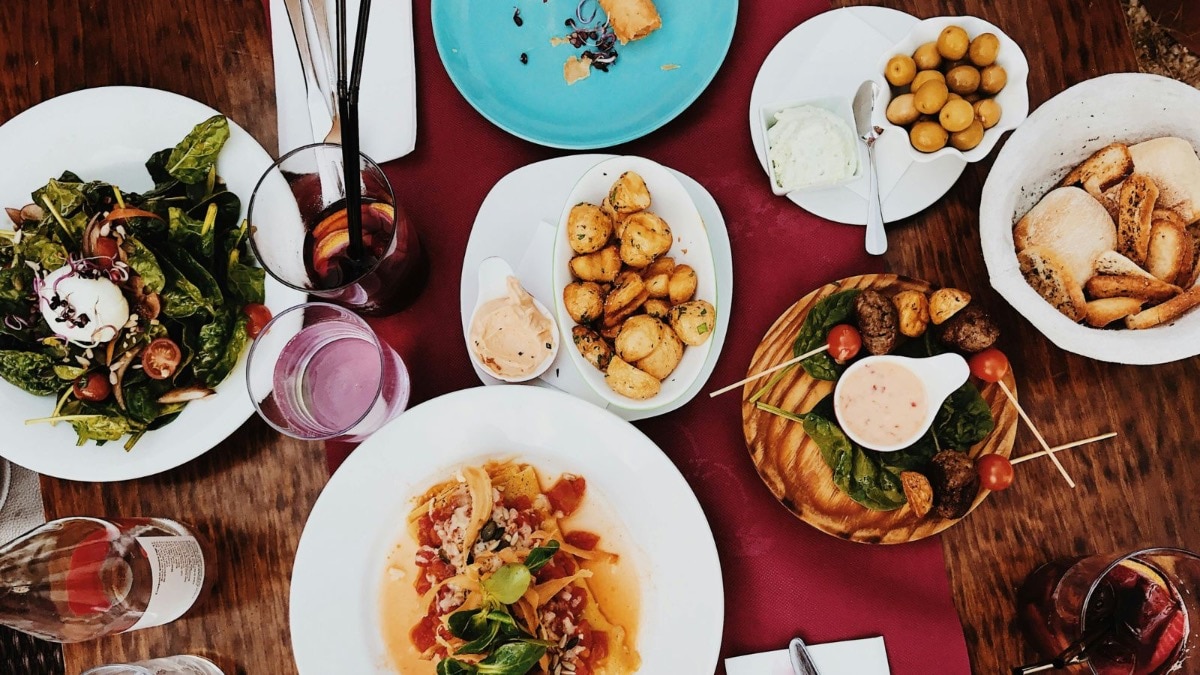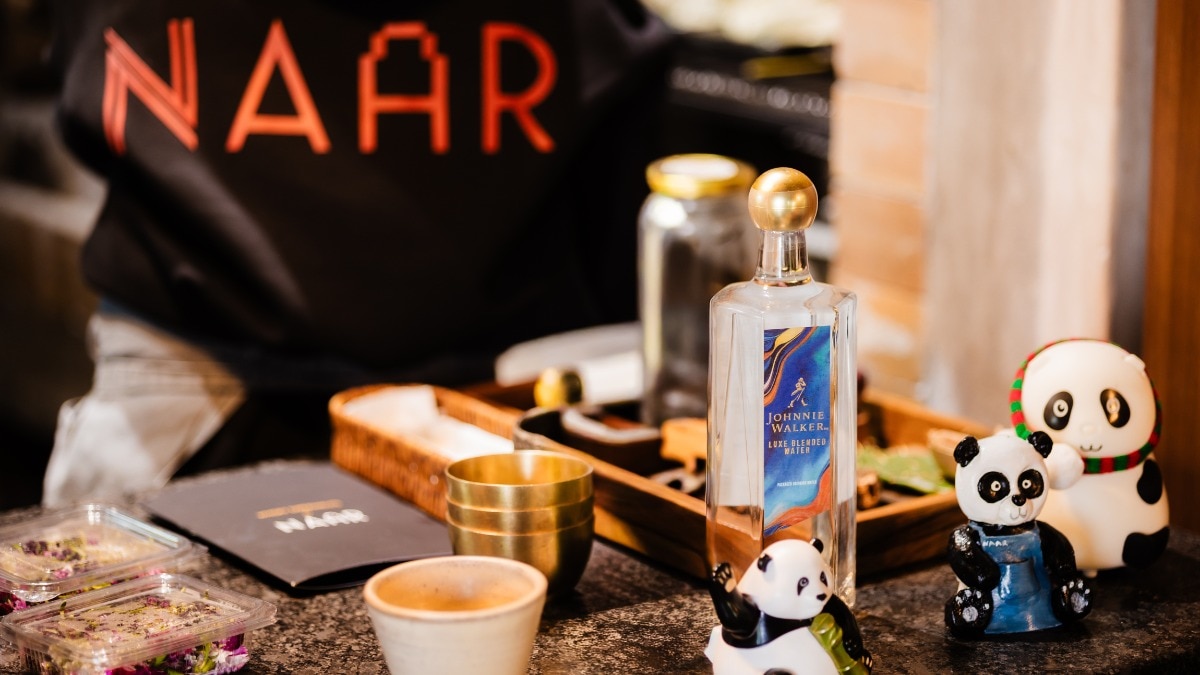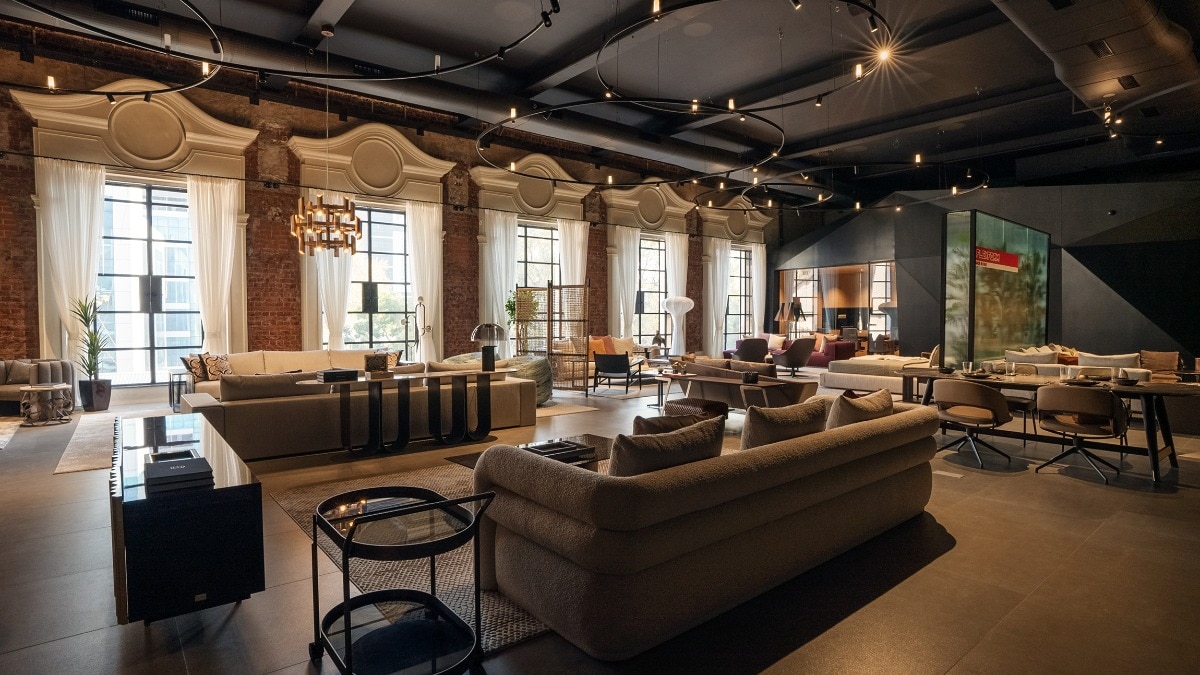No, I don’t want your 10-minute pasta—In defense of slow, dramatic cooking
Why the most luxurious meals today are the ones that dare to take their time.


There’s a certain romance to slow cooking that feels almost radical today. In an age that celebrates the under-30-minute meal, where grocery aisles promise pre-mixed magic and YouTube chefs boast “fastest ever” recipes, a simmering pot on the stove is quietly subversive. It lingers, it demands patience, and it rewards in ways a quick fix never can.
But it’s not just our kitchens experiencing this shift. Across India’s most vibrant dining rooms, a new kind of culinary theatre is unfolding—one that unapologetically takes its time.
A new appetite: not just to eat slowly, but to watch it happen
Walk into Pomodoro in Bandra, and you’ll see it immediately. It’s not just about the pasta—though that, too, is extraordinary—it’s about the theatre of its making. Flour clouds the air as dough is pressed, rolled and sliced, all in plain view of diners who wait expectantly. It’s a small spectacle that transforms dinner into an event, reminding us that anticipation is part of pleasure.
Elsewhere in Gurgaon (and soon in Mumbai), Banng—a vivid new Thai concept by Chef Garima Arora and Riyaaz Amlani— leans into a similar philosophy, though through a distinctly Southeast Asian lens. Here, Chef Manav Khanna builds dishes from the ground up, with curry pastes folded meticulously into coconut-laced broths or stir-fried with hand-cut vegetables. Even something as simple as a Thai omelette is elevated by careful technique: airy yet rich, layered with crab, served with the sort of flourish that makes you pause before diving in.
At Kuuraku, a Japanese izakaya-style gem with outlets in Mumbai, Bangalore, Chennai, Delhi, Gurugram, and Neemarana, the robatayaki grill is the heart of the experience. Skewers of meat and vegetables are grilled patiently over hot charcoal, turned just-so by skilled hands, imbuing each bite with a depth only slow fire can achieve. The deliberate pace is the point; it lets you sip your sake, catch up with friends, and watch each stage of cooking unfold.
In Mumbai, Otōki offers a tiny, exclusive seat at its Japanese omakase counter, where Chef Mohit Singh’s menu plays out like a quiet performance. Each dish arrives with minimal fanfare but maximal intent, some brushed with warm tare in front of you, others blowtorched tableside—all reinforcing that exquisite things simply cannot be rushed.
Restaurants are embracing time as the new decadence
This is what marks the new wave of luxury dining. It isn’t only about rare ingredients or Instagrammable plating; it’s about time itself — a resource we seem to have in short supply, making it all the more precious.
Naar by Prateek Sadhu (Gaggal, Himachal Pradesh) is perhaps the most radical expression of slow cooking in India today. Tucked into the mountains, Naar’s hyper-seasonal, hyper-local tasting menu is crafted over wood fires, using ingredients foraged that very morning. Guests stay in the valley for hours, the multi-course meal unfolding at a pace dictated by nature itself. Smoke, earth, fire, and time form the backbone of every plate—an experience that’s as much about waiting and watching as it is about eating.
At Comorin, which started in Gurgaon and recently opened in Mumbai, regional Indian comfort food becomes quietly profound through patience. Jackfruit is smoked until it takes on the depth of meat, cha gosht simmers into tender submission, and even a malai toast emerges as a slow-cooked revelation of sugar and cream. It’s Indian nostalgia, but rendered with a kind of deliberate calm that feels distinctly modern.
Mirai in Bandra does this through the ritualistic pacing of its modern Asian dishes. Here, a tuna tataki might be dressed at the table, a hot stone sizzles under thinly sliced wagyu, and you’re coaxed to linger, bite by bite, as servers explain the provenance of each element.
Miss Margarita in Delhi understands this too. Though its decor is playful and the cocktails come bright and adorned, there is no rush. Margaritas are mixed tableside, and tacos assembled with a careful hand. It is dining that invites you to linger—to order another drink, to let the evening unravel at its own measured pace.
Dos Delhi practises this through their pizzas made of potato-fermented dough crusts and their classic slow-cooked lamb that makes guests do a double-take in wonder.
Why we crave slowness now more than ever
Part of this, no doubt, is a reaction to our lives outside the restaurant. We are surrounded by immediacy: one-click shopping, next-day deliveries, algorithm-fed reels that end before they’ve even begun. In contrast, a meal that takes time to prepare, to arrive, to unfold feels indulgent in the best way.
It also reconnects us with something deeply human. Watching a sauce reduce, seeing a server shave parmesan in delicate curls over your dish, or simply feeling the warmth of a dish that’s just left the pan—these are sensory joys that can’t be rushed. They remind us that food is more than sustenance; it’s story, ritual, and care made tangible.
A quiet form of resistance
So no, I don’t want your ten-minute pasta. Or your meal that boasts of being ready faster than a song ends. I want dishes that take their time and, by extension, allow me to do the same. I want to sit in a restaurant where the kitchen is unhurried, where the staff doesn’t try to turn my table over in record time, where my evening stretches luxuriously long.
Because in a world that pushes us to do everything faster, slow cooking—whether in our own kitchens or in the hands of skilled chefs — becomes a kind of gentle rebellion. It teaches us to wait, to watch, to savour. And in doing so, it reminds us that the most beautiful things often arrive on their own sweet schedule.
Lead Image : NAAR/Instagram
Also read : Is aesthetic travel redefining the way we vacation in 2025?
Also read : Inside the world of fashion hotels: How Dior, Armani, and Bvlgari are designing the new luxury










